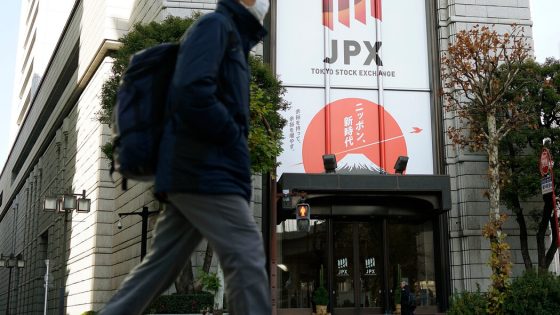On February 3, 2025, the OPEC+ group announced it will maintain its current oil production plans despite pressures from President Trump and rising oil prices. The decision was made during a meeting of the Joint Ministerial Monitoring Committee (JMMC), which oversees oil market developments and advises OPEC+ ministers.
- OPEC+ will not alter production cut plans.
- JMMC reviews oil market developments.
- Compliance with production cuts emphasized.
- Oil prices fluctuated due to U.S. sanctions.
- Trump urged OPEC to lower oil prices.
- Tariffs announced on imports affecting markets.
The OPEC+ coalition, which includes major oil-producing countries, has faced fluctuating oil prices in recent weeks. The group previously decided to delay the easing of 2.2 million barrels per day (bpd) production cuts from January 2025 to April 2025, extending the unwinding period until September 2026. This decision underscores the group’s commitment to compliance with production quotas.
Recent developments in the oil market have been influenced by geopolitical factors, including sanctions on Russian oil and calls from President Trump for OPEC to reduce oil prices. In a recent address, Trump urged Saudi Arabia and the OPEC alliance to lower costs, reflecting the U.S. administration’s concerns about rising energy prices.
In the wake of Trump’s announcement of tariffs on imports from Mexico and Canada, oil prices saw an uptick, even as global financial markets reacted negatively. The JMMC’s decision not to change production plans indicates a cautious approach to managing supply and demand in a volatile market.
In summary, OPEC+ remains steadfast in its production plans, aiming to gradually unwind cuts starting in April 2025. The group’s decisions are shaped by both market conditions and external pressures, particularly from the U.S. administration.

































